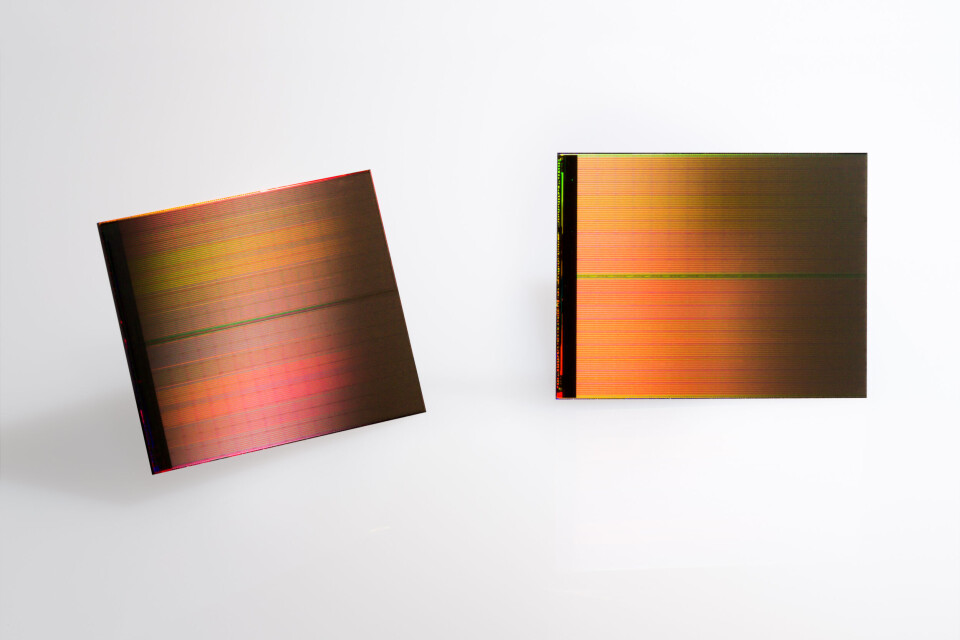
Intel's silence on Optane SSDs raises questions about launch and focus
IDG NEWS SERVICE: Intel remains mum about the release date of Optane SSDs but is testing the drives in data centers, not gaming PCs.
There's a lot of excitement about Intel's superfast Optane SSDs, but products won't be on shelves this year as the chipmaker had earlier promised.
Intel is currently making Optane in a factory in China, and production will "ramp" up next year, said Stacy Smith, executive vice president of manufacturing, operations, and sales at Intel.
Smith declined to comment on when Optane products will hit the market, maintaining a consistent pattern of silence among Intel executives on the topic. He spoke at the Credit Suisse 20th Annual Technology, Media, and Telecom conference in Scottsdale, Arizona this week.
Intel CEO Brian Krzanich said sample Optane products will ship to more testers next year, and that "it’s really a 2018 ramp for that product," according to a transcript of an October earnings call, posted on Seeking Alpha.
As production ramps up next year, the cost of SSDs will come down, Krzanich said.
Prototype SSDs are already used in Lenovo's cloud servers, where enterprise applications can be remotely tested. It can sometimes take months until hardware is qualified for use as an end product.
Optane SSDs are based on a new form of memory and storage technology called 3D Xpoint. The 3D Xpoint technology can replace DRAM, flash storage, or both. Intel first said it would be available for enthusiast PCs, and earlier this year pointed to products coming out in 2017.
Intel has shown Optane breaking SSD speed records and has claimed it is 10 times faster than today's SSDs. Optane could also be DRAM substitute, with software helping mimic memory tiers. Intel also plans to make Optane memory DIMMs that could be plugged into standard memory slots.
The standard SSDs will plug into NVMe ports, which are already installed in PCs and servers.
Based on recent developments, it's still hard to predict what products Intel will target with the first Optanes and what the capacity will be. Intel said Optane SSDs would first be available for gaming PCs, and then enterprise products. However, it's looking likely that the first high-capacity Optane products will be targeted at servers, which need fast throughput.
The chipmaker has said the superfast Optane could speed up gaming by pre-loading chapters and buffering large chunks of games. That points to Intel targeting Optanes toward high-end PCs not as primary storage, but for low-capacity caching.
Intel has also put Optane SSDs in Lenovo servers running IBM's Bluemix cloud, where customers can test how the storage technology works for machine learning, financial transactions, databases, and other applications. Intel has also worked with Facebook, which is testing Optane SSDs in its infrastructure.
Optane SSDs are also being investigated for use in high-performance computing, though an Intel executive recently said Optane won't go into supercomputers anytime soon.
The primary competition to Optane will be Micron's QuantX, which is also based on 3D Xpoint. Storage companies will make drives based on QuantX, which will be available next year. Intel and Micron jointly developed 3D Xpoint technology.






















